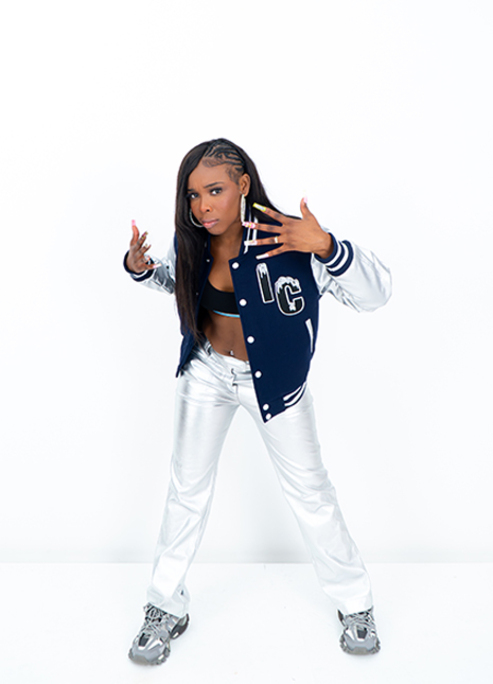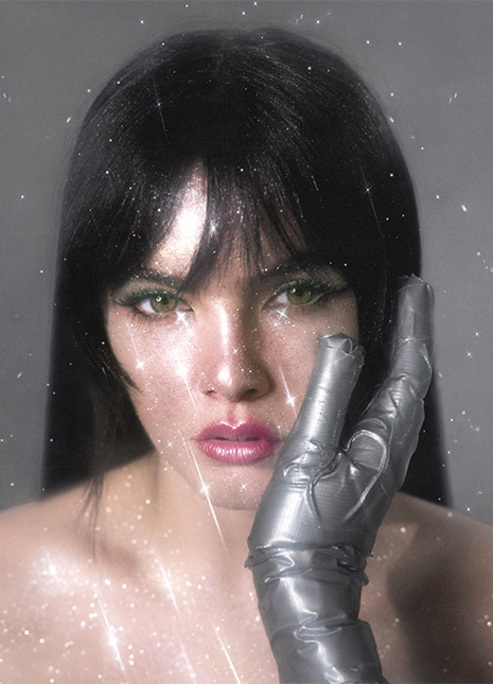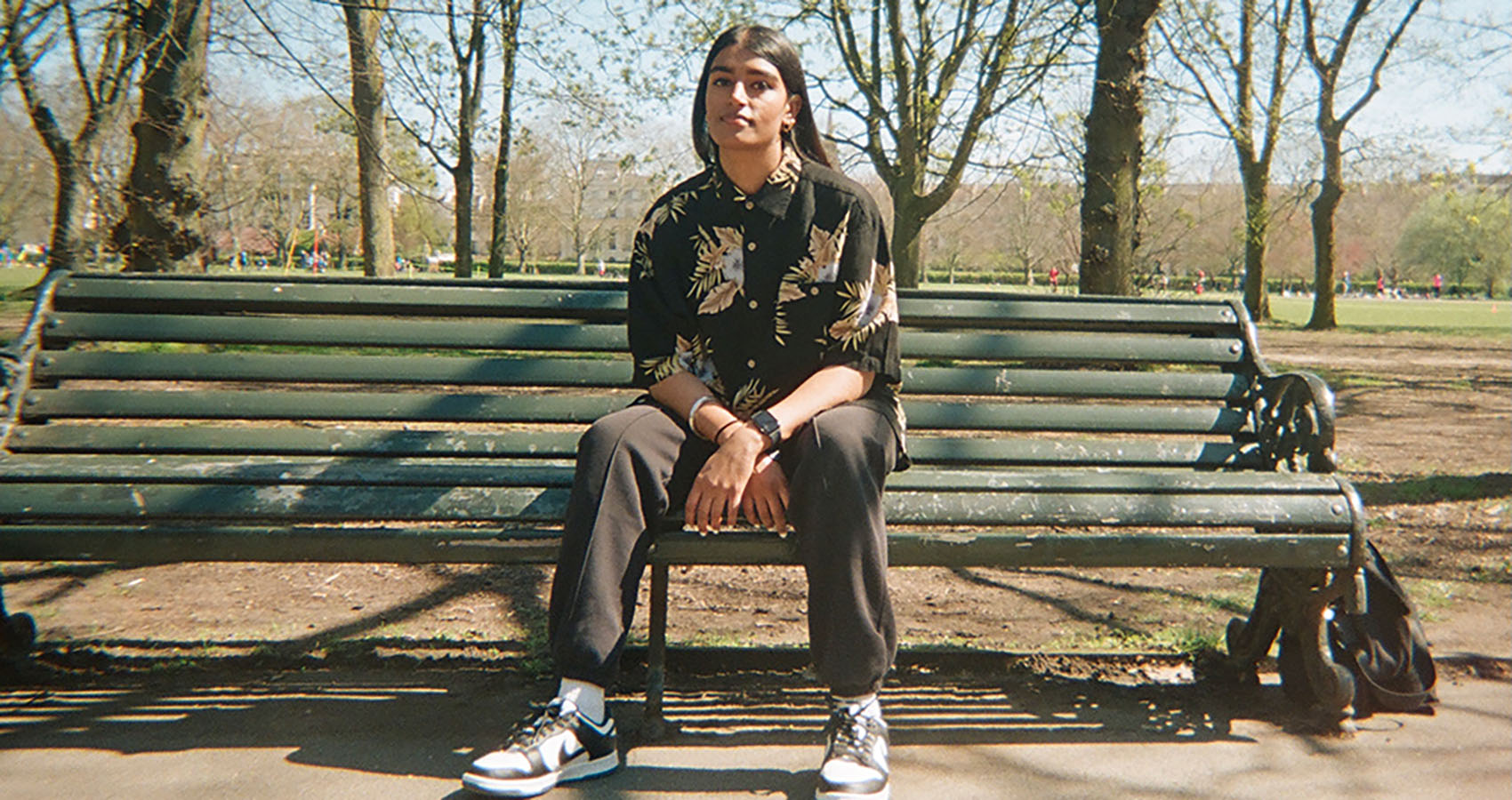
We Talk To London Illustrator And Designer Jasmin Sehra
Highs and lows of the creative world.
Jasmin Sehra is an illustrator and designer from North West London whose vibrant, bold and colorful work combines influences from her heritage and culture as well music and fashion. With a personal and individual touch to every piece and project she creates - home and family also plays a large part in her style. From a keen interest in art growing up through university and the creation of her own brand - Fizzy Mag caught up with Jasmin to discuss her journey, her work and what she has planned for the future...
What made you want to become an artist and what were your early inspirations?
I've always loved creativity and was always encouraged to create, whether that was in school where Art was my favorite subject or at home where I used to paint and collage. I have had moments throughout my life where I have wanted to be an artist, where I have wanted to be a fashion designer and as I progressed through school, I found specific things within creativity that I really loved. Also, seeing my Dad's sketches and artworks that he created when he was younger was just so amazing to me and I used to think I wish I could do this one day. Having that upbringing and being surrounded by so much creativity, it was only natural that this was a path that I was gonna take.
Family seems like one of your biggest inspirations through your pieces - growing up, how did your family take to you pursuing art as a career?
My parents were like do whatever you want at university, just as long as you get a good job at the end and that you can make a living out of it. Again, I think coming from a creative family, they were quite open-minded as well, especially coming from a South Asian household. They've been amazing and they've always come to my exhibitions and are super supportive of me - I even think my Dad stalks my Instagram. My brother is a music producer and has been Grammy-nominated twice so having him there at home is really inspirational. He got me into hip-hop which inspired my early pieces so he has always been a source of inspiration for me.
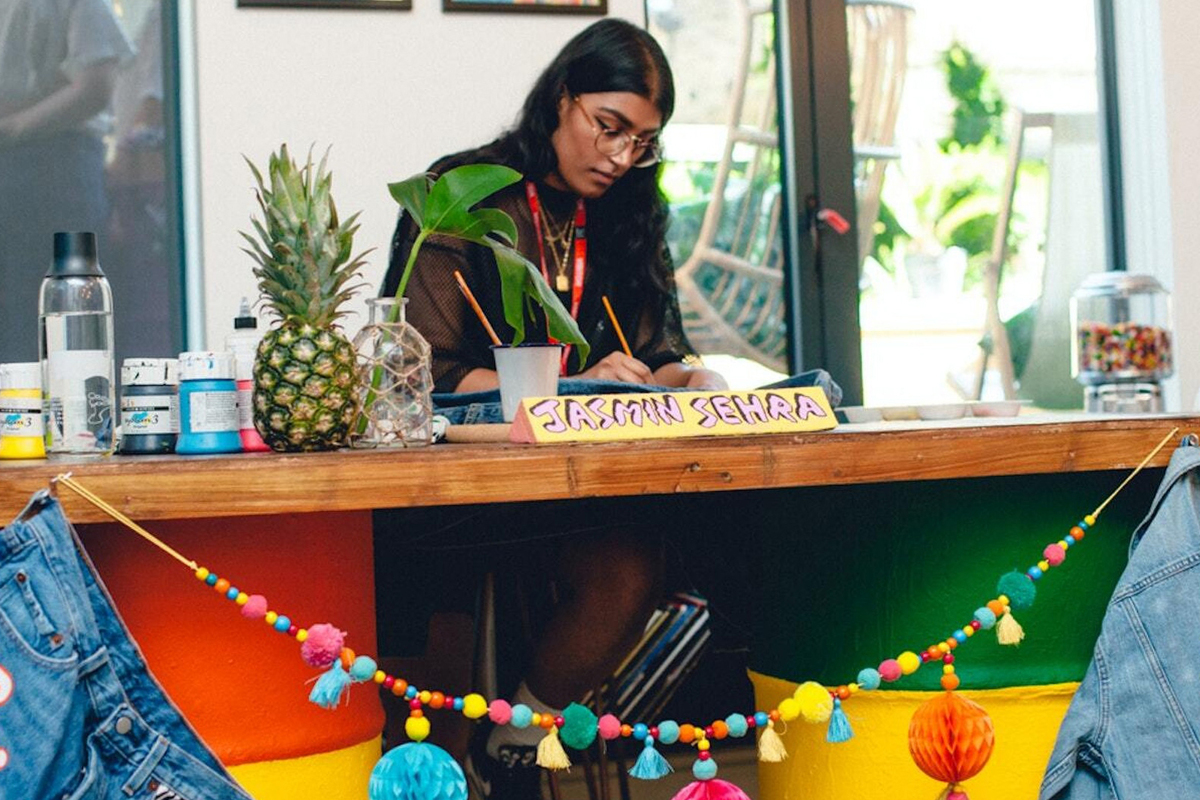
You reflected that while at University, you were one of only a few people of color on the course. What more do you think needs to be done to support young people of color into the creative/art sector?
I think now I'm seeing a lot of South Asians coming together and creating exhibitions - for themselves and for the community and I think that is definitely a step towards creating those spaces. I've been quite lucky in terms of the family that I've had growing up and how supportive they are of me but there's a lot of South Asian families that aren’t. I can understand why as well as Art isn't always seen as something you can make a living from. But I think that having these events where the community can come together is motivation for everyone.
I also think that having more tutors that are more representative of its students in university is also really important. When I was studying, the work that I was producing incorporated my culture or incorporated things that I loved and some of my tutors in my university might not have understood the references. Representation is a big thing, even if it's not the tutors and it’s the external people that come in - because looking back, I don't ever think we had a brown woman or brown man speak about their experiences. I could speak for a lot of the brown community where you kind of feel like you're alone but then that's not necessarily a bad thing because you're then taking that and making your own space and making your own mark and you're understanding what needs to be done,
How would you describe the aesthetic of your work for someone who had never seen one of your pieces before?
It's going to sound so not original but I would say fun, authentic, honest because each typo [typography] piece that I create is what I write in my journal. I cant create a typo piece unless I can actually feel it and it comes from somewhere - every piece I create is a visual journal for me. And with that, it develops over time so if I go back to the portraits I created, those were artists that my brother had introduced me to and I connected with them and their lyrics and at the time, I was going through a lot mentally and painting was a creative outlet. Then from lyrics, I moved onto typo pieces which came from me and what my thoughts and feelings were;
“I stopped looking at [artists] lyrics because that's their story and their journey and I wanted to hone in on my story and my journey and explore myself - that is an important thing for any artist”
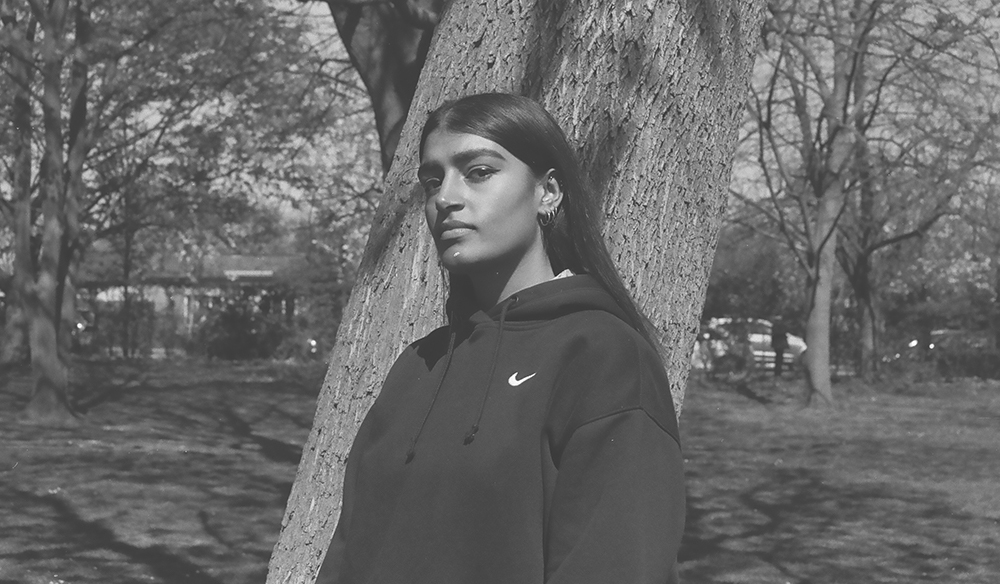
Your art is obviously intrinsically linked to your identity and personality, including your upbringing and culture. Do you ever feel that because your work is so personal that you are overprotective to how it is viewed and fed back on?
I used to be for sure. You’re always gonna get comments and social media but ultimately it doesn’t matter if you believe in your artwork. I don't really care what people say and honestly, now I just get positive feedback. I get a lot of people connecting to a lot of what I create which is so lovely and motivating and kind of makes you think you’re on the right path. Obviously I create for myself first and foremost, but to be able to create something that other people can connect to is just the best. We have this thing in our culture [Sikhism] called Seva which is selfless service to our community and in a way, I think my work does that by the way it speaks to people.
Do you need to get into a certain mindset to create - do you have to be in a certain place or it to be a certain time for you to create?
Honestly, it just happens - last week, I didn't create for the whole week and I was so upset because I just wanted to create and I tried to and it just wasn't coming out the way I wanted to so I just left it. Then after a few days, the one thing that made me create was a hibiscus flower that I had at home and it just inspired me in that moment. The best things kind of always come at the most random times and you get inspired by stuff that you wouldn't expect to be inspired by.
You’ve hosted workshops talking about your art and illustration as well as topics such as self-love and positive mental health - how did you get into workshops and what do you hope people take away from it?
I remember early on, being asked by my friend who’s an art tutor to come into her primary school and do some workshops with her pupils. I really enjoyed it and knew it was something that I wanted to do but I didn't know how I'd incorporate my own stuff. Years later, I was asked to host workshops for The Tate and for Converse and it was cool as we incorporated our own styles in them and it was interesting to see how different people interpret those themes for themselves. By the end of it, I really hope people leave happy and positive and willing to explore their creativity on their own. I also hope that they have had the chance to open up something within themselves.
What do you feel has been your biggest achievement to date and why?
I love all the products that I've done so achievement for me is not about projects. I think just having that courage to continue with what I'm doing is probably the biggest thing because it can be so difficult. I think every single project and decision I have made has developed me in some way and they've all had their own value. Even with university, you can't look back and say it was a waste of time as you’ve learned stuff, you’ve met people, you’ve developed your confidence, you experimented and explored and found out what was right and wrong for you. There is so much in each project and each experience in life and in this creative journey that is special or meaningful.
You have previously done work with the likes of Coca-Cola, Bombay Saphire and Vans - was that a goal for you to work with big brands or was it something that happened quite organically?
Honestly, working with big brands is always something I have wanted to do but it actually happened really organically. I feel blessed that I have been able to work on some sick projects and even though companies will always come with their specific direction, they have also been open to my ideas and what I may potentially want to do. With each project, I always bring a different perspective and I learn and grow from each one. For every piece that I do or everything I create, I would like to think that it's authentic to me like - the main thing is that if your heart is in it, then you will create your best work. I would love to do more work with luxury brands, decorating the Staples Centre - those are my long-term goals.
“Working as authentic as you can is what you should always do. If it doesn’t feel right, don’t do it”.
What are your hopes for the future with regards to your role and what you hope to achieve by the end of the year?
Obviously, I would love to work with and collaborate with more brands and stuff. I’d also love to tap in more to my own creativity and do more with my own work - there is so much I want to do. Another big thing for me is working my brand because ‘Paradise Girl’ is something I created and started but I didn’t have time to focus on the business side because I wanted to be so creative in my work. So while at the moment, I want to work on myself as an artist, next for me is working on the brand and business.
Follow Jasmin’s journey via her website and social media
Next up, Making A Splash: We Chat To HARLEE, Your Next Favorite Artist



